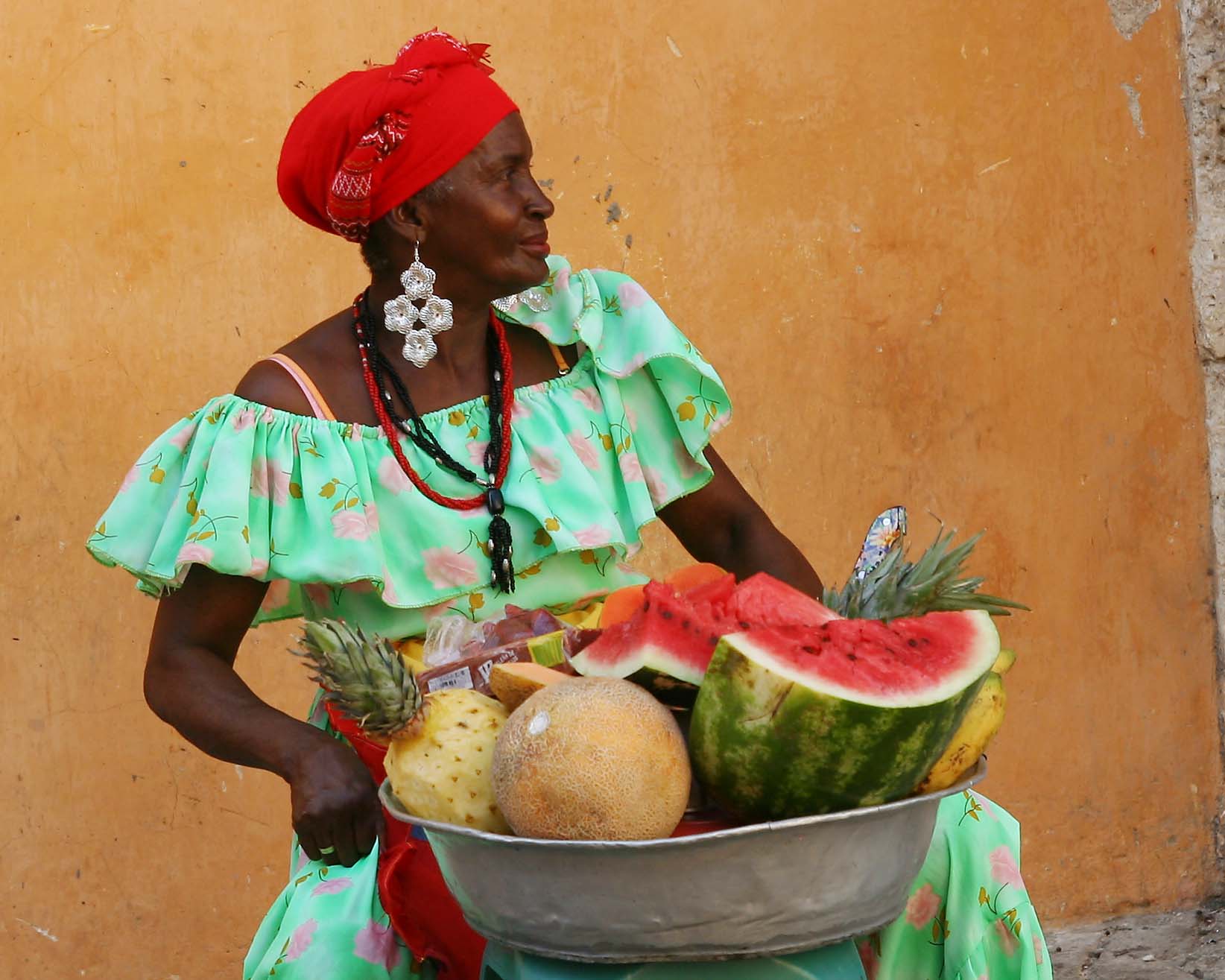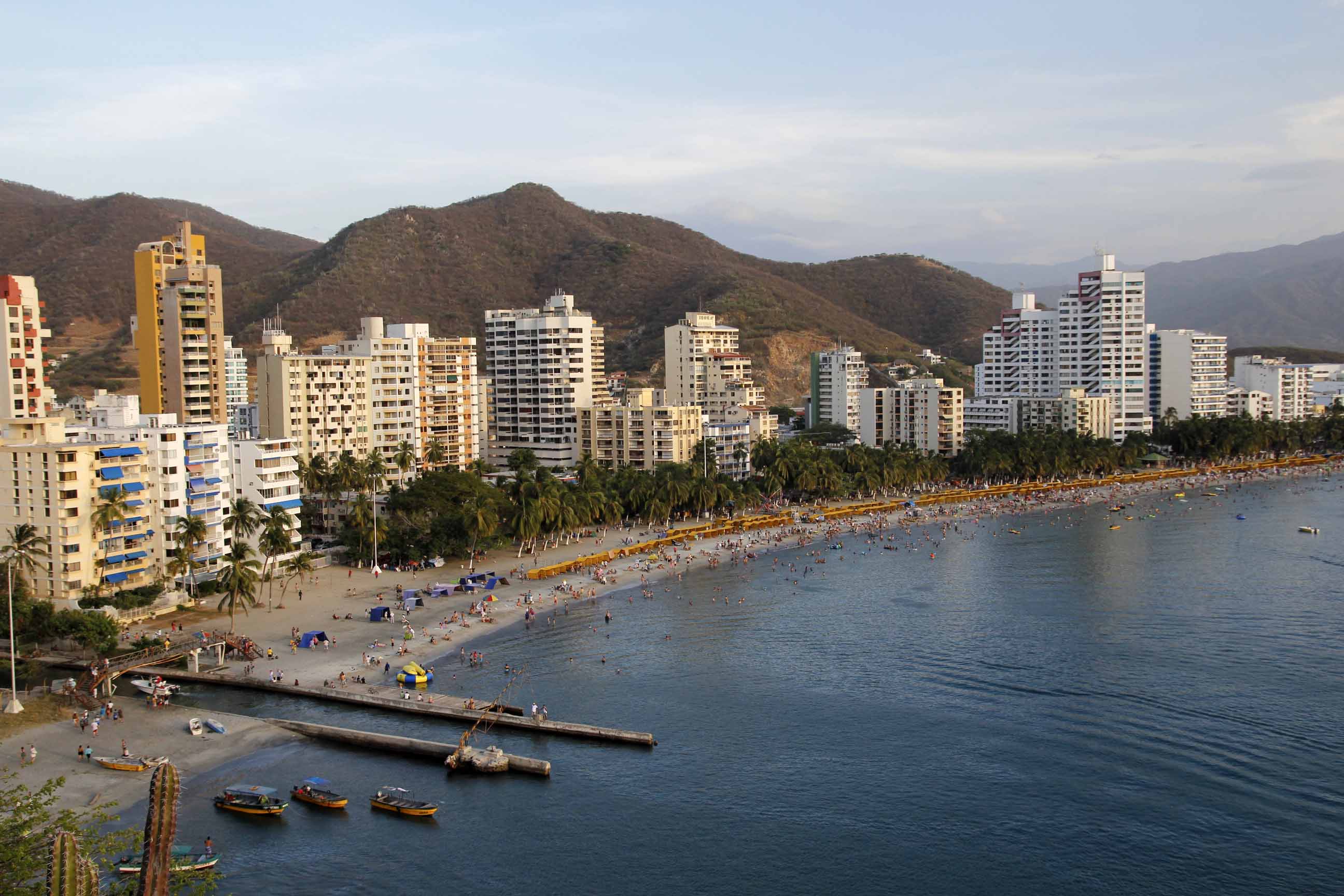Studio Colombia: Understanding Perspective
In a few days, Studio Colombia: Understanding Perspective. Let’s begin with a quote from the introduction of Panofsky’s formidable essay Perspective as Symbolic Form: “Does this mean that the experience of space [perspective here] is somehow central to or generative of other experience?” (p. 15) I believe this question will be central to our drawing workshop. One way to rephrase it or to interpret it could be: “Is it essential to know perspective in order to generate a work of art, thus to be a true artist”? My answer is: “some will say yes, others will say no, so where is truth?” I certainly know that traditional artists will respond with a booming “yes” and contemporary artists with a resounding “no”. Therefore, what is art?
In his essay, Panofsky refers to Alois Riegl (1858-1905), an Austrian art historian who I respect a lot (along with Jacob Burckhardt) and who is the initiator of the term Kunstwollen (“artistic will” in German), which can be defined as the necessity to create. I would say that a compelling desire to create is the foundation of art. Kunstwollen and perspective are two separate entities that do not imply each other. Simply put, art doesn’t not demand the full understanding of perspective. We just have to think about Chagall, Picasso and Kandinsky, who refused to use Albertian perspective in their works and are among the most revered artists of the 20th Century. This absence of constructed space is also noticeable in antic Roman painting where “that feeling for space which was seeking expression in the plastic arts simply did not demand a systematic space” (Panofsky). Notice Panofsky’s words “feeling for space” and “seeking expression”. And a bit further in the book, the author refers to the medieval use of perspective as the representation of Christian spirituality defined here by the Franciscan Matura as “a global vision of the real: God, Man, World, Vision in which the human being inserts himself to express his way of life” (Thaddée Matura, François d’Assise, Maître de vie spirituelle, Éditions franciscaines, p.23). This is why, medieval miniature, illuminations and panel paintings are packed with bits and pieces and… meaning as we can see in Duccio’s Temptation on the Mountain. So, if we do not need perspective to be an artist, why are we all together in Colombia?
Let’s respond to this by saying that the human being is curious, always wanting to know more, always trying to solve the great mysteries of the world, this yearning being our sweet inferno. It took 35 000 years to understand scientifically perspective; Brunelleschi and his friend Alberti in Florence being the first ones to bring forth the basic premises of the costruzione legittima. Therefore, why are we all in Colombia wanting to learn how to dive in Dante’s inferno by studying the “legitimate construction” and… in just 10 days? Why do we want to learn how to render the illusion of the World – perspective is in fact the representation of an illusion. Don’t you think that representing the true totality of your own spiritual World is more important? In brief, we should focus on painting our own stories rather than drawing lines to a vanishing point. Nevertheless, the non use of formal perspective in a work of art should be a conscious decision and not the product of lack of knowledge. Therefore, in order to break the rules of perspective, you need to know the rules of perspective.
We are here, all together in South America to reflect on this dialectical approach to perspective; this is what makes this workshop unique in its kind. We will proceed on the footsteps of Kandinsky when he precisely questioned the old values of representation in his famous Concerning the Spiritual in the Arts; and André Breton in his Manifesto to Surrealism and Borduas in his Refus Global. And instead of asking ourselves “What is art?” why not asking “When is art?” (Nelson Goodman). The latter embodies more possibilities because it considers the context (or the other meaning of “perspective”) in which art exists.
During this workshop, I imagine to stress the ideas of “expression”, “globality”, “will”, “truth”, serious words when we deal with our own expression of life, our stories, hence our art. For example, a vanishing point on my canvas is, in fact, the expression of my future; this is where I look at; this is my direction. The bottom of this same canvas represents the present, the now, where I am at this very moment, I as the viewer, as the artist. What belongs outside the canvas is not important any more, since it stands as an invisible future, a reflection of the past, “what has been” (Barthes). “Where I am, at this very moment” is more important, referring to the hic and nunc, the here and now of the present, I being part of this vast universe that I am about to immortalize on canvas… and let’s enjoy that moment.
Studio Colombia and being far from our daily lives and routines will certainly offer us a space for newness. Let’s enjoy every moment that life and Colombia are about to offer us! To close: What is truer? The representation of the IKEA piece of furniture on the left or… the 20-page assembly plan of this piece of furniture?




Good article. By the way what is the name of this blog skin?
Ocean Mist